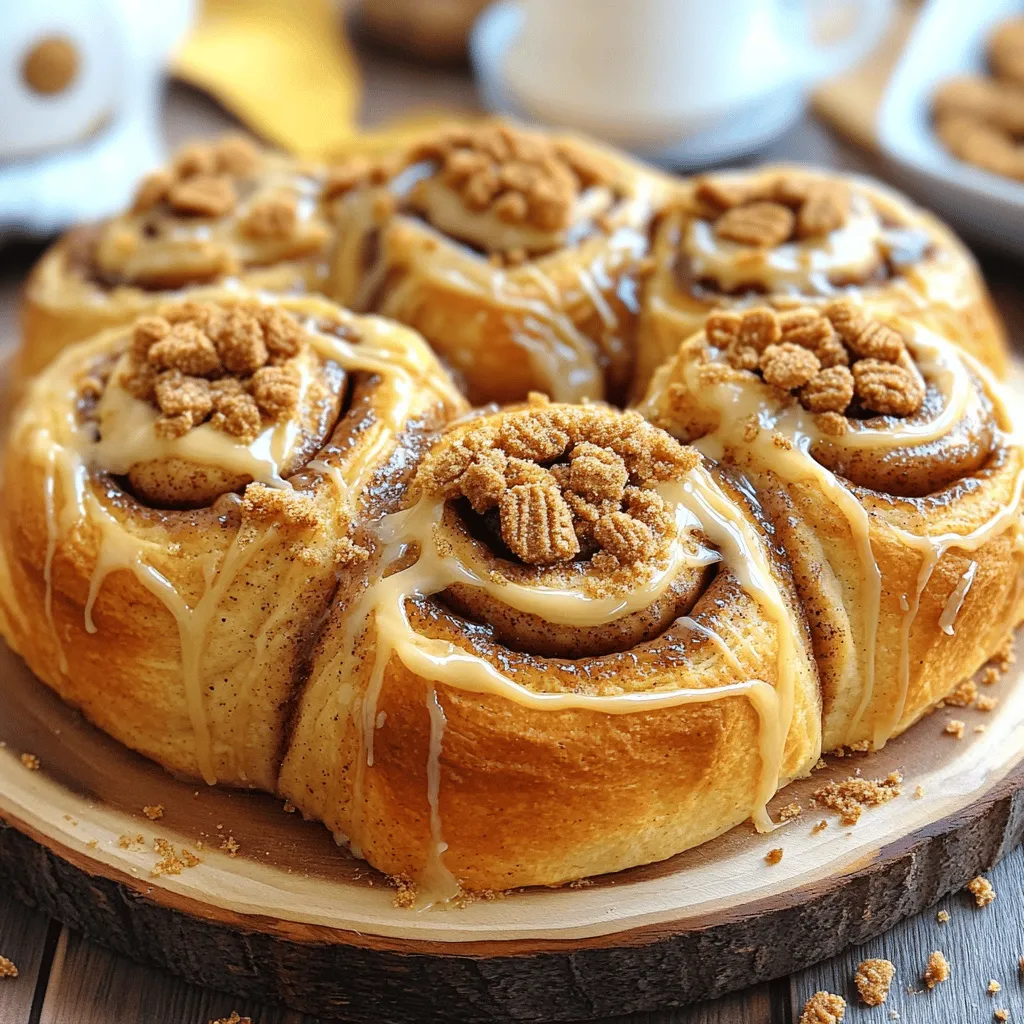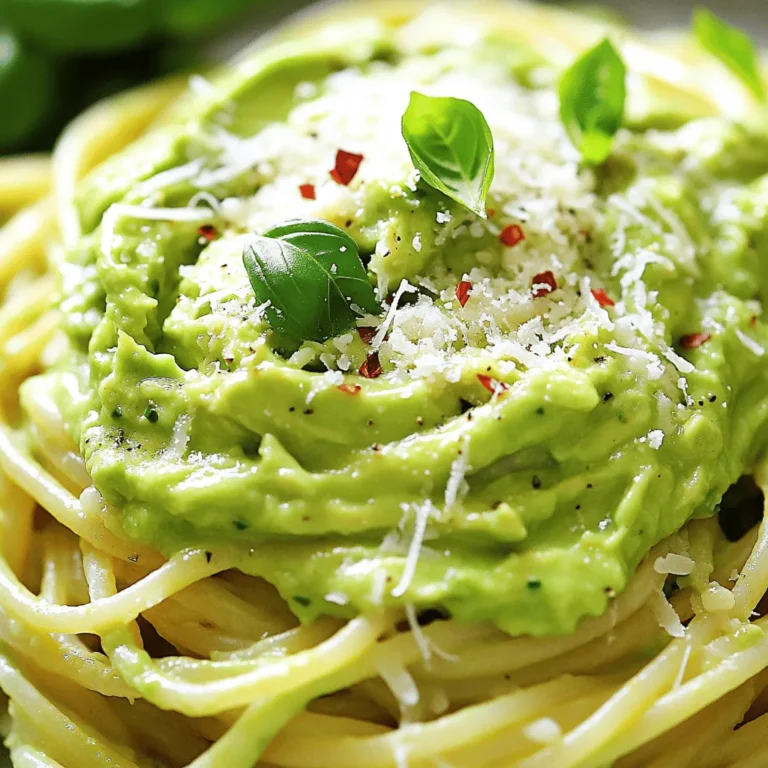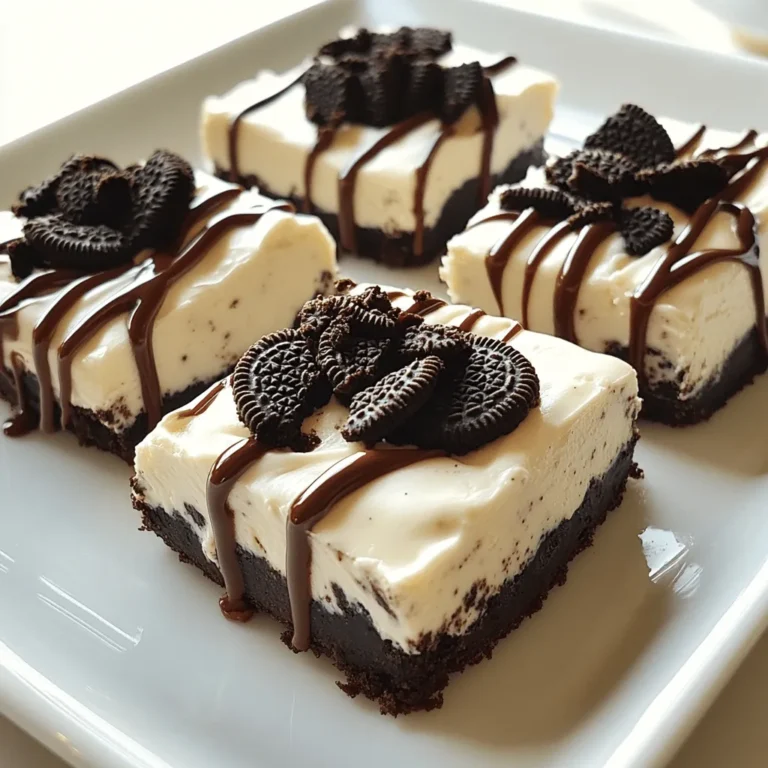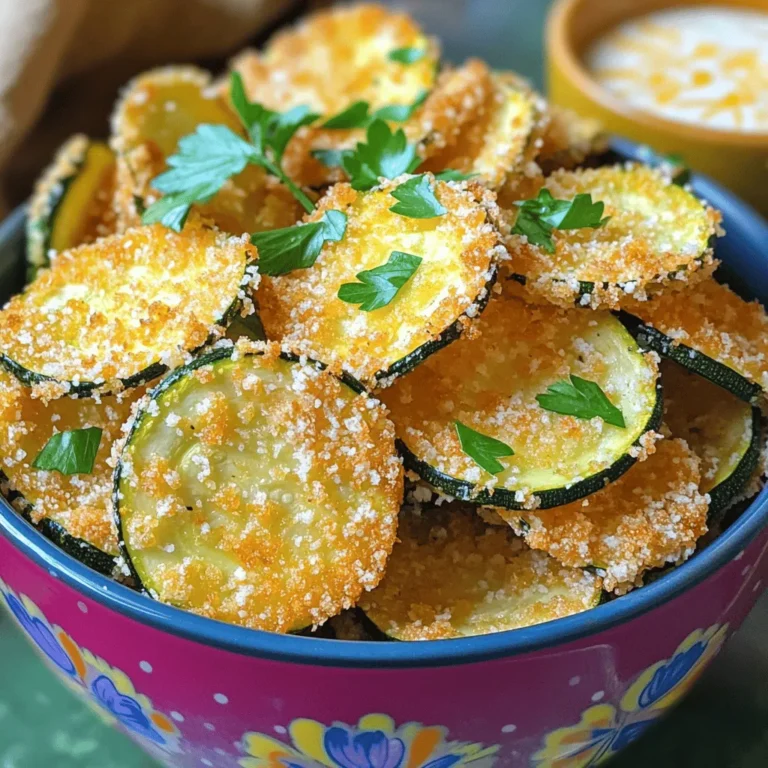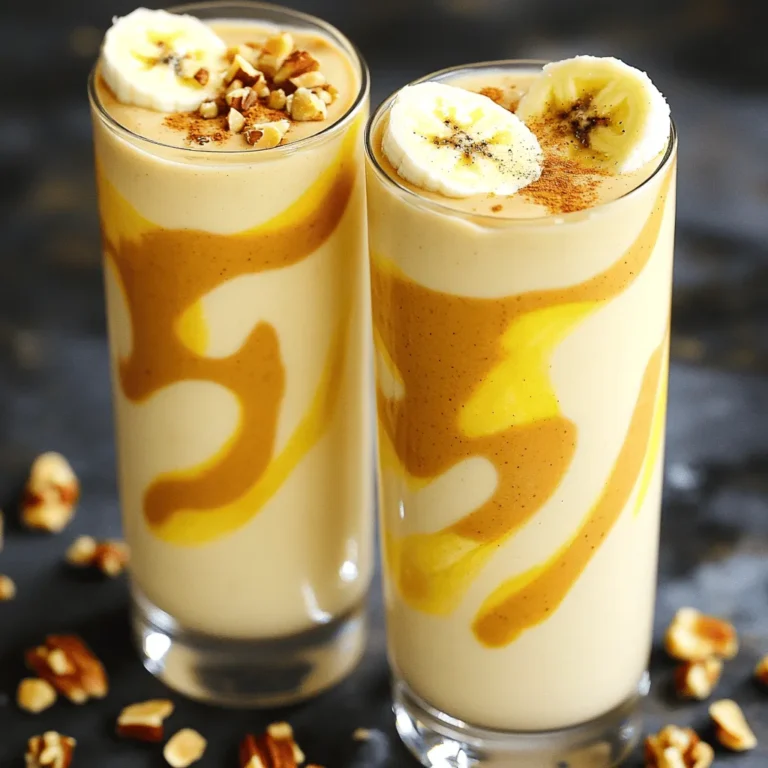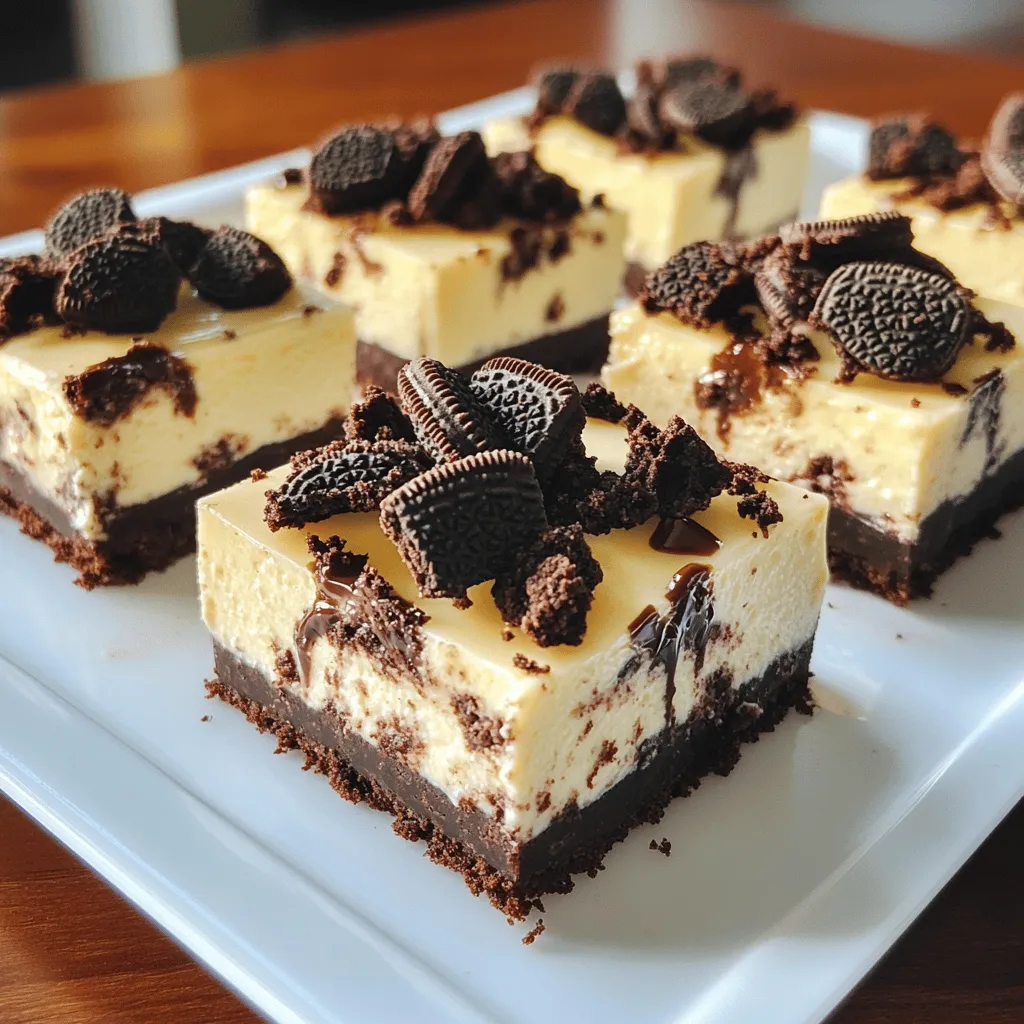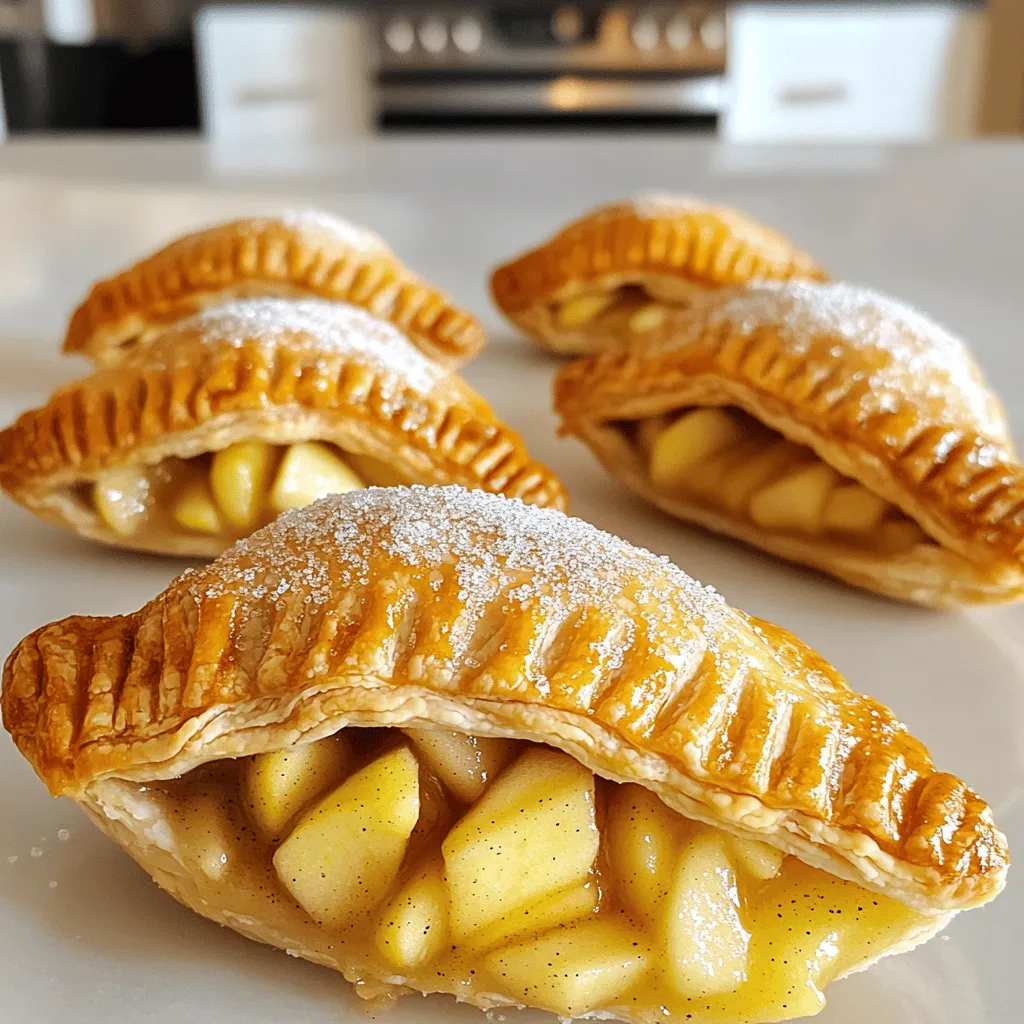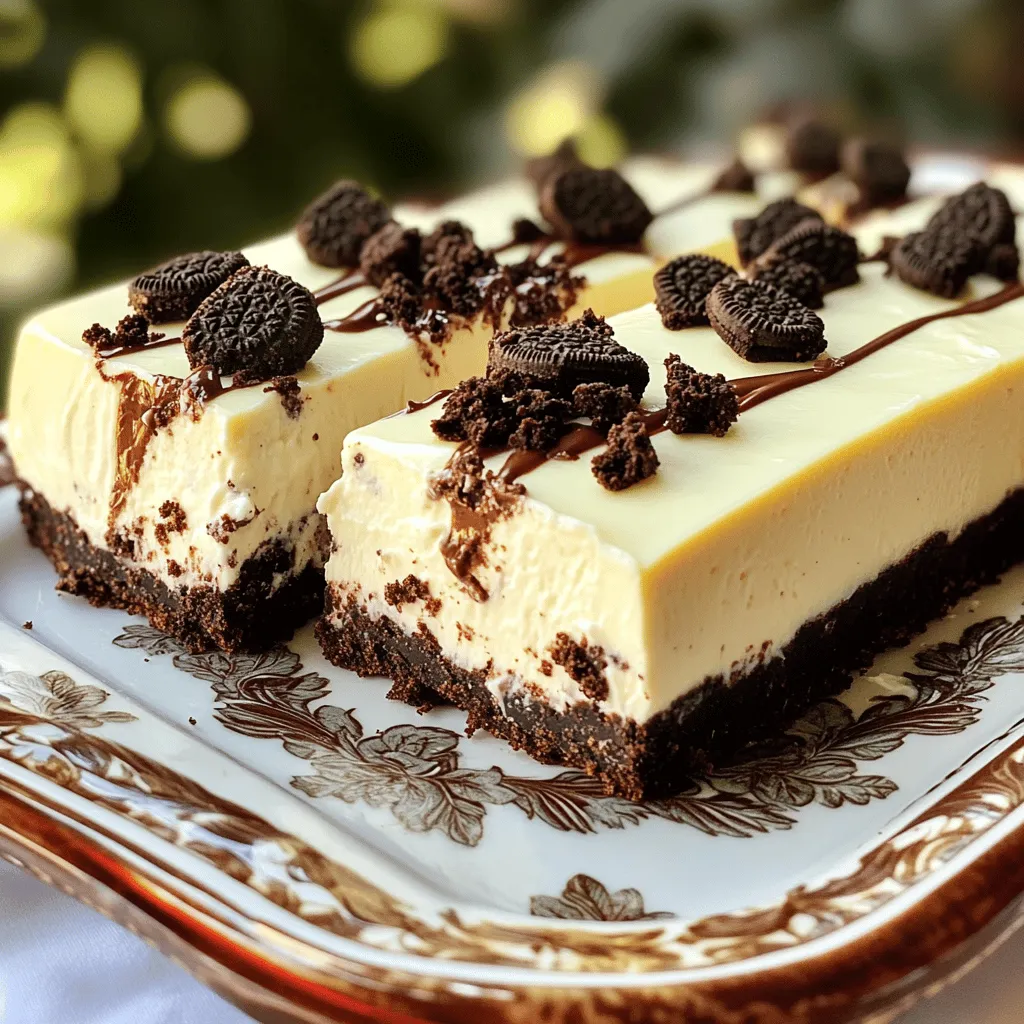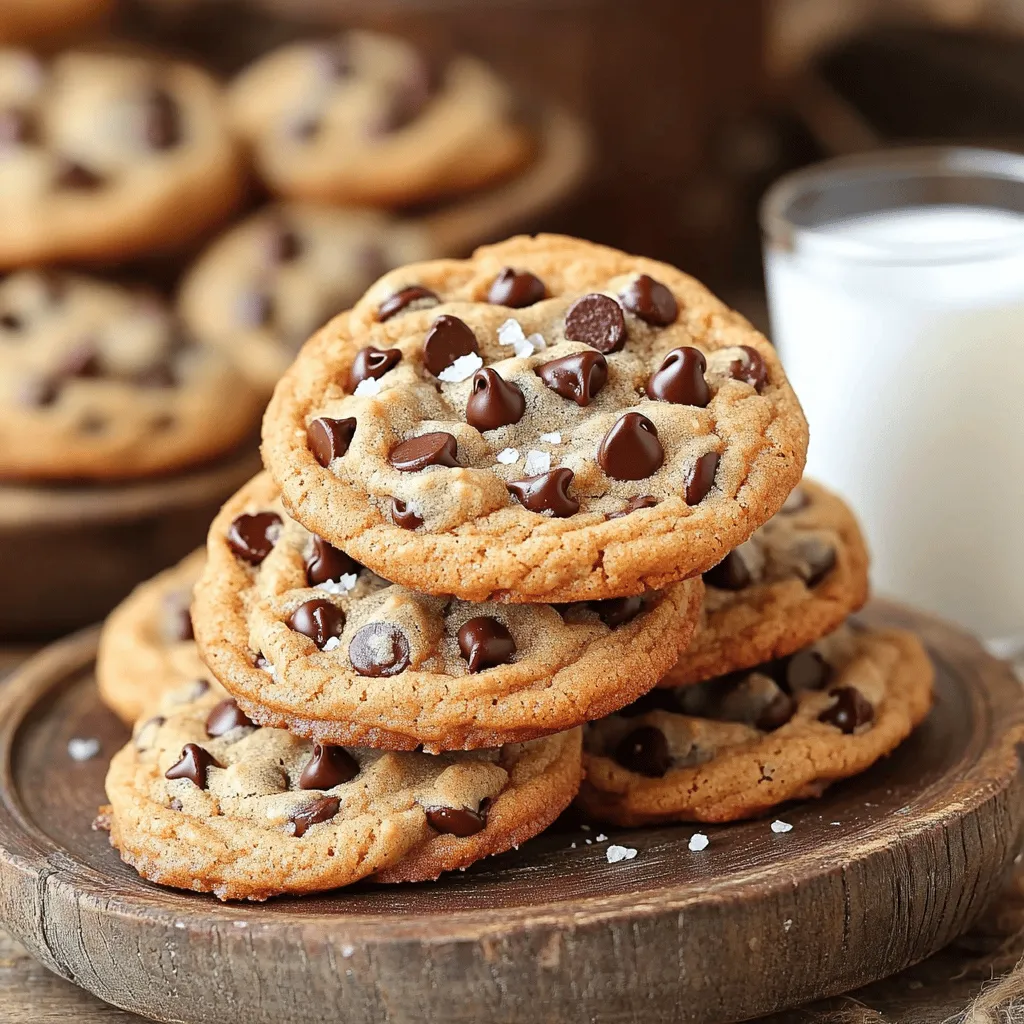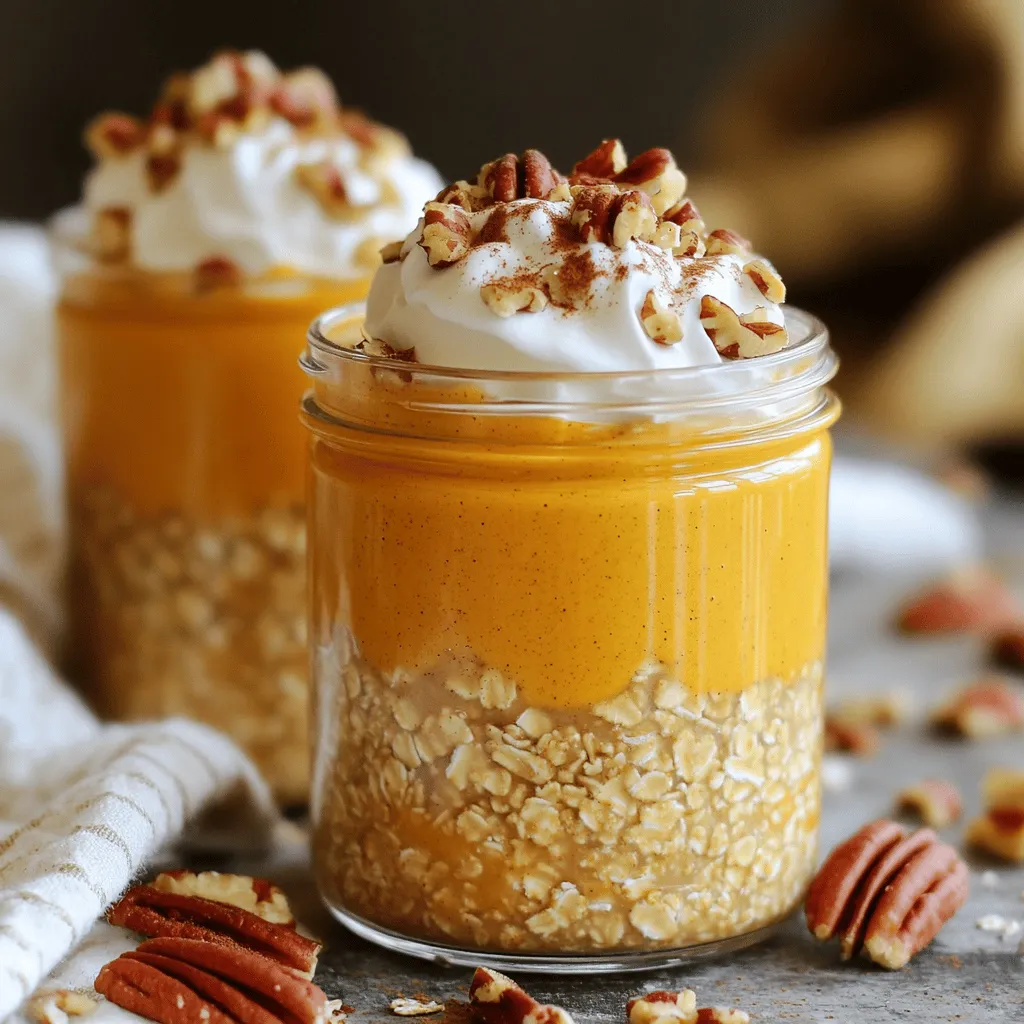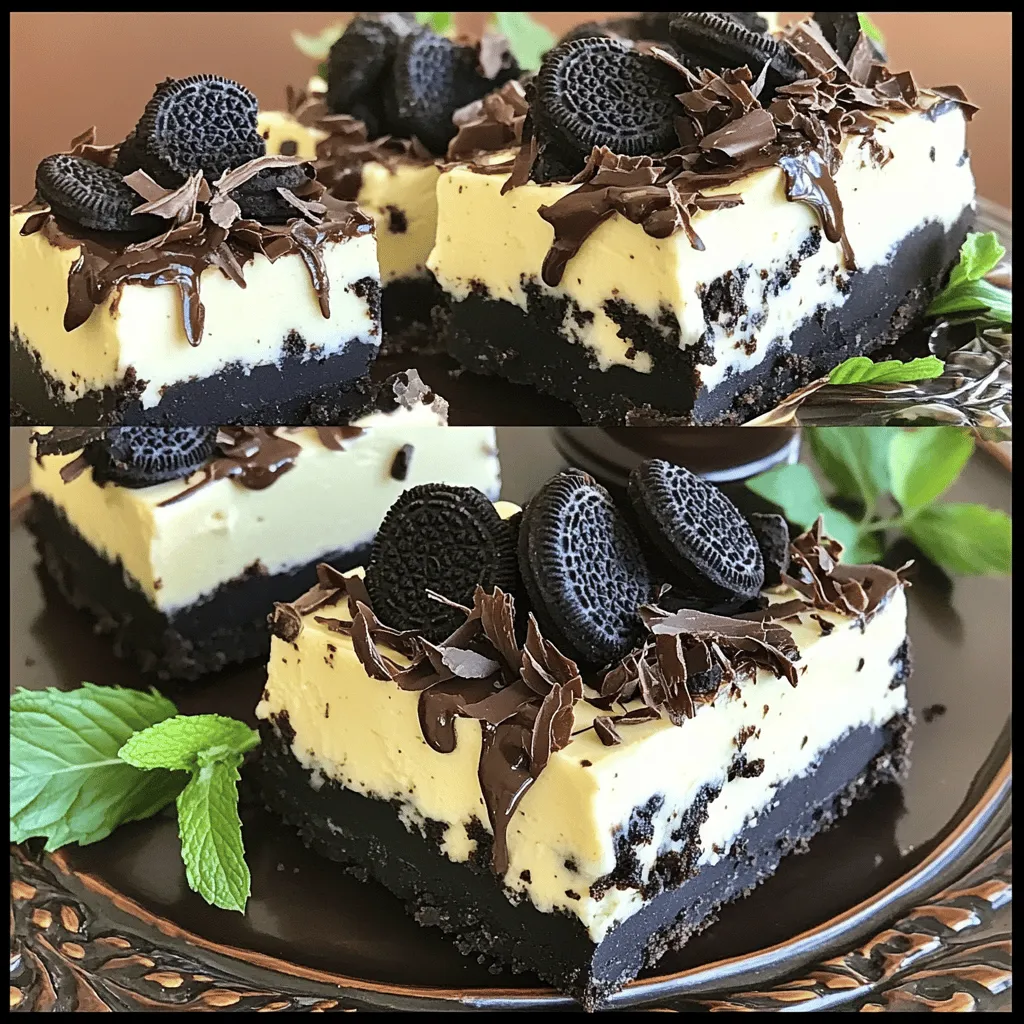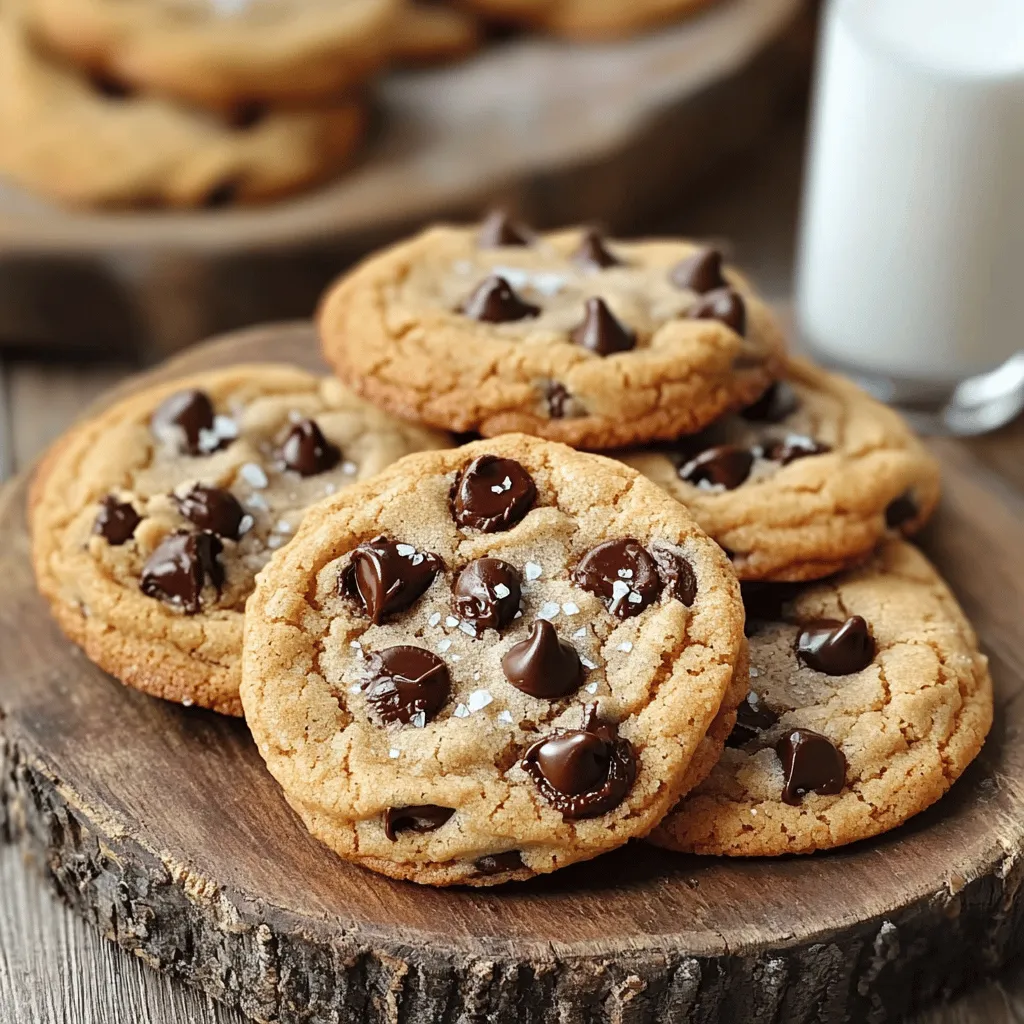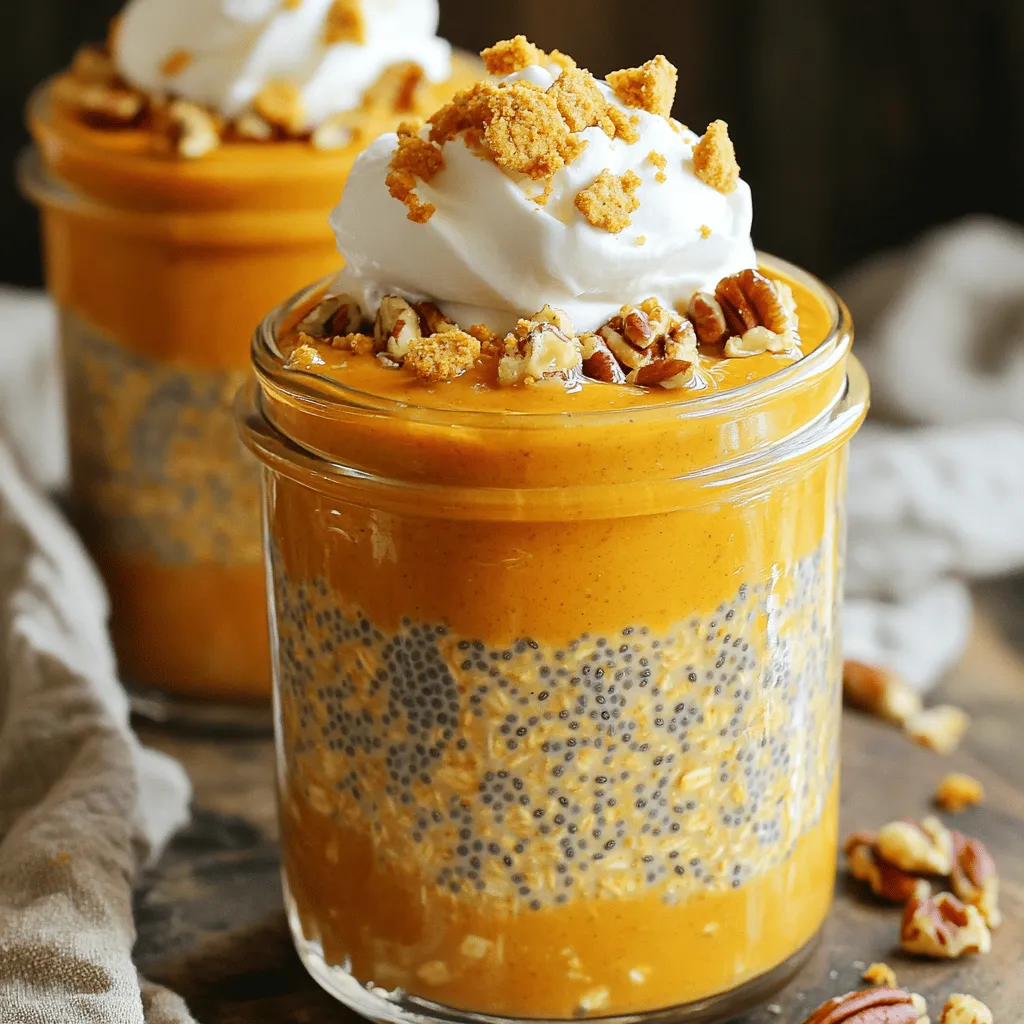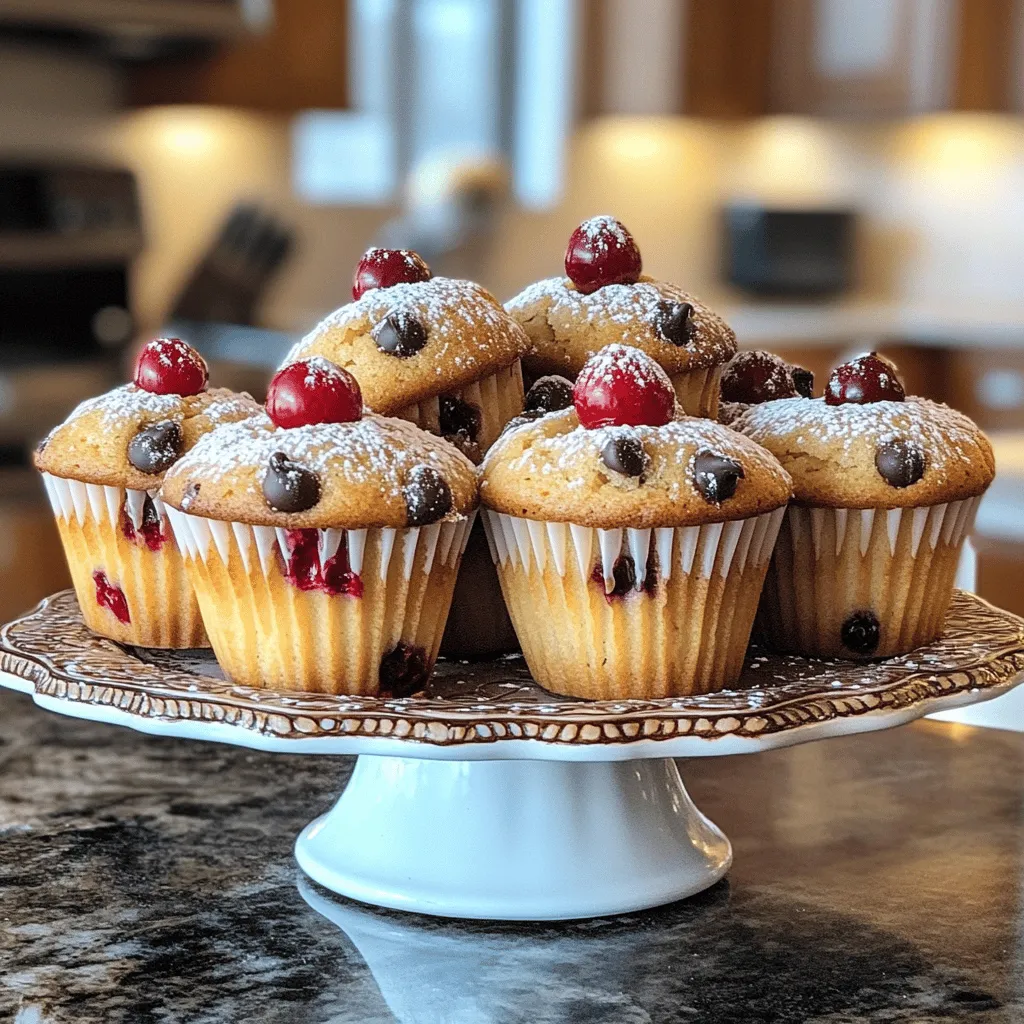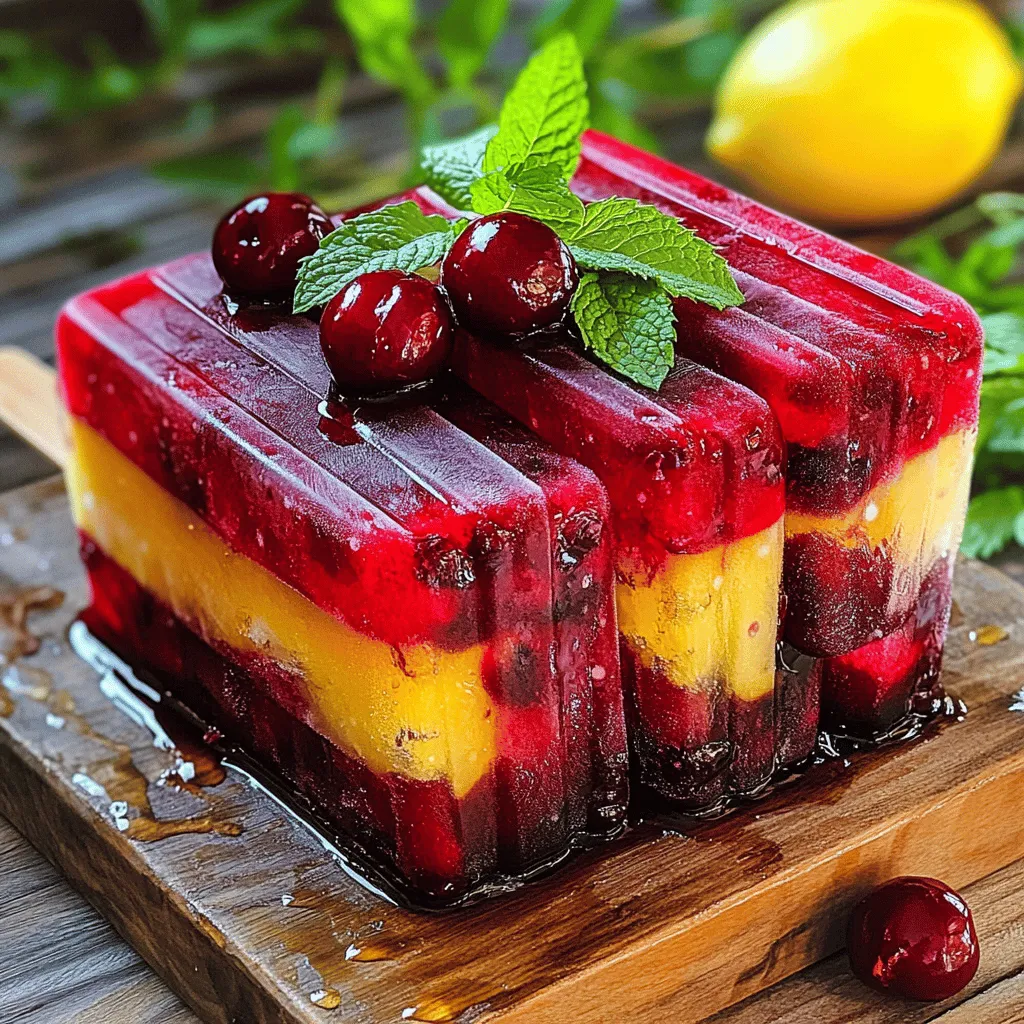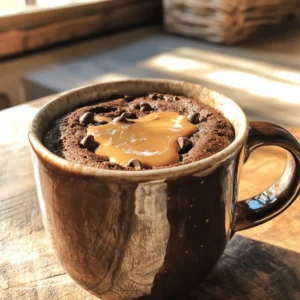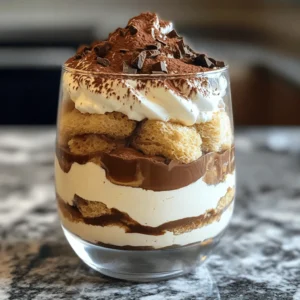Latest & Greatest
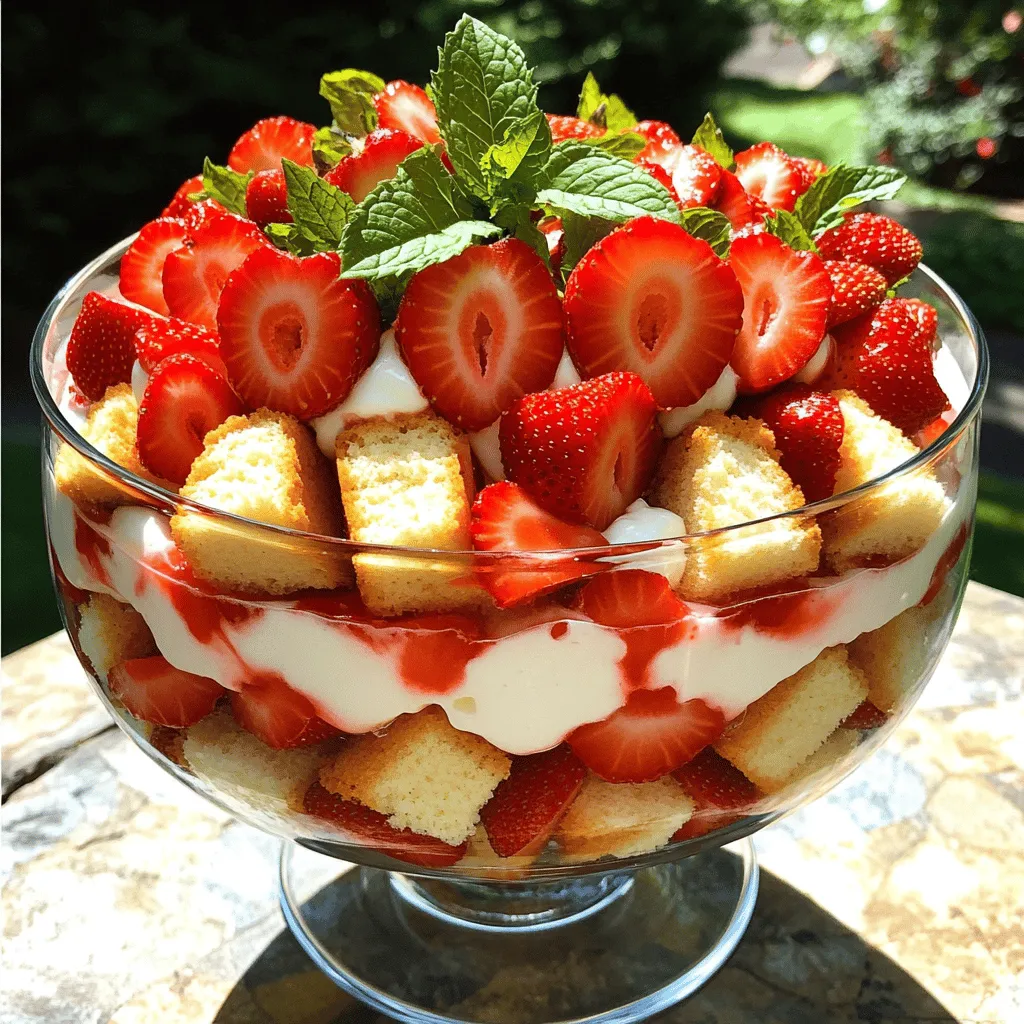
Strawberry Shortcake Trifle Easy and Delicious Treat
If you’re craving a sweet, easy-to-make dessert, look no further than this Strawberry Shortcake Trifle! In this guide, I’ll share
Read more…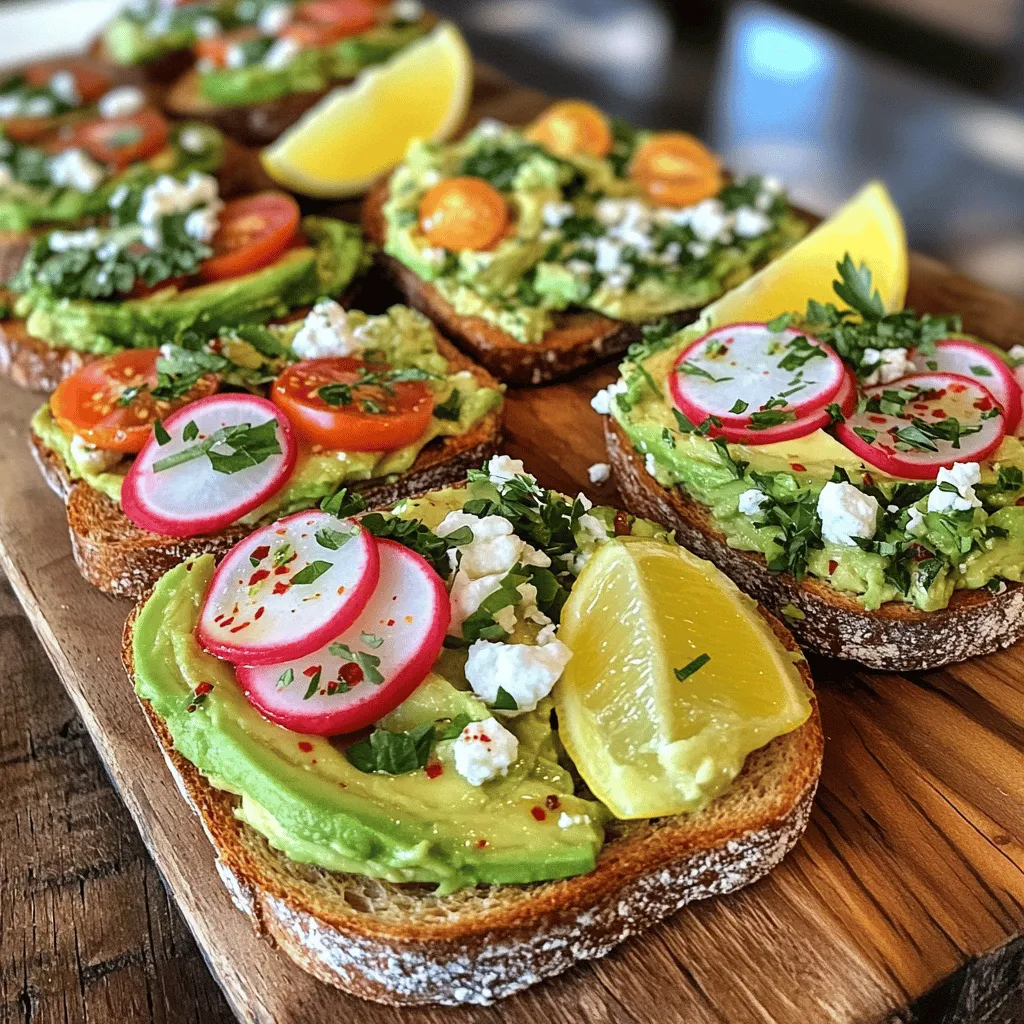
Avocado Toast Variations Simple and Tasty Ideas
Avocado toast is a simple yet tasty way to elevate your meals. Whether you’re searching for a quick breakfast or
Read more…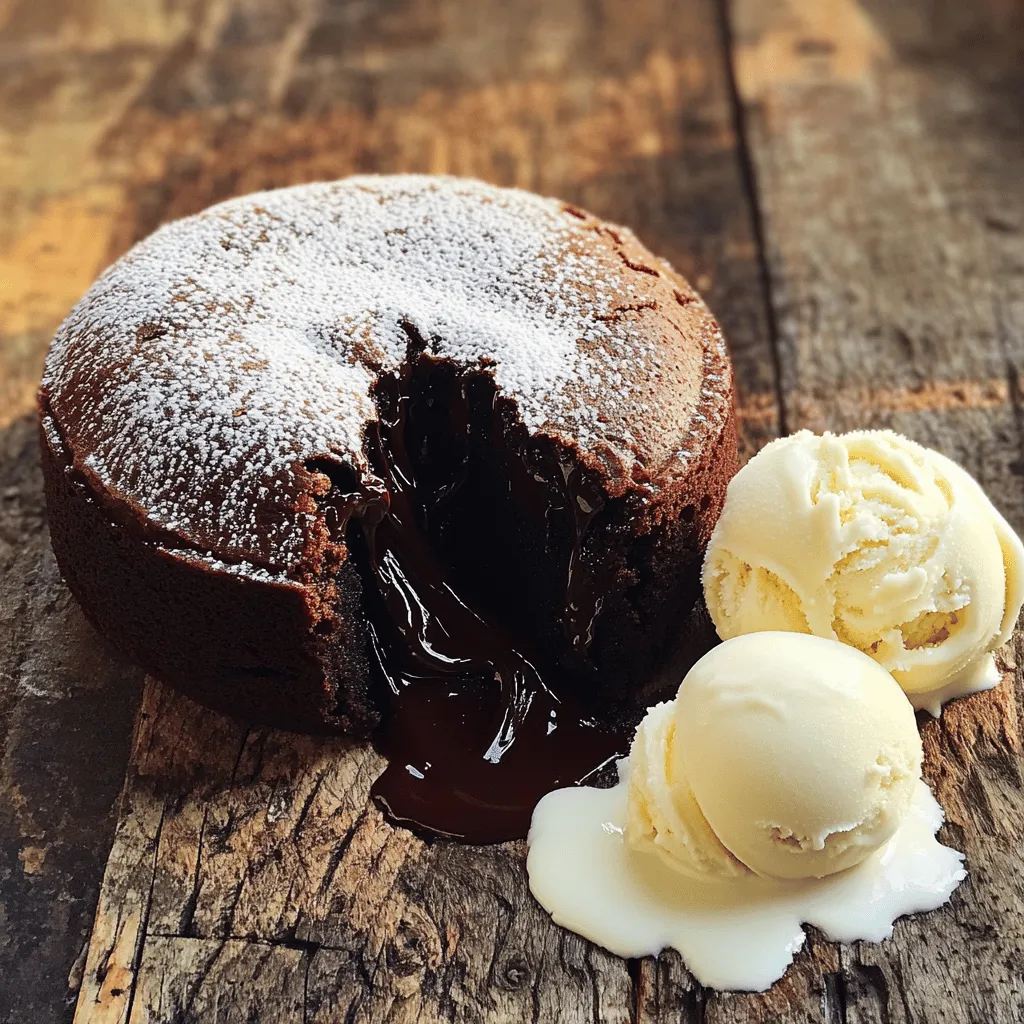
Chocolate Lava Cake Decadent and Indulgent Dessert
Indulge in the rich and molten goodness of Chocolate Lava Cake. This dessert delivers a warm, gooey center that melts
Read more…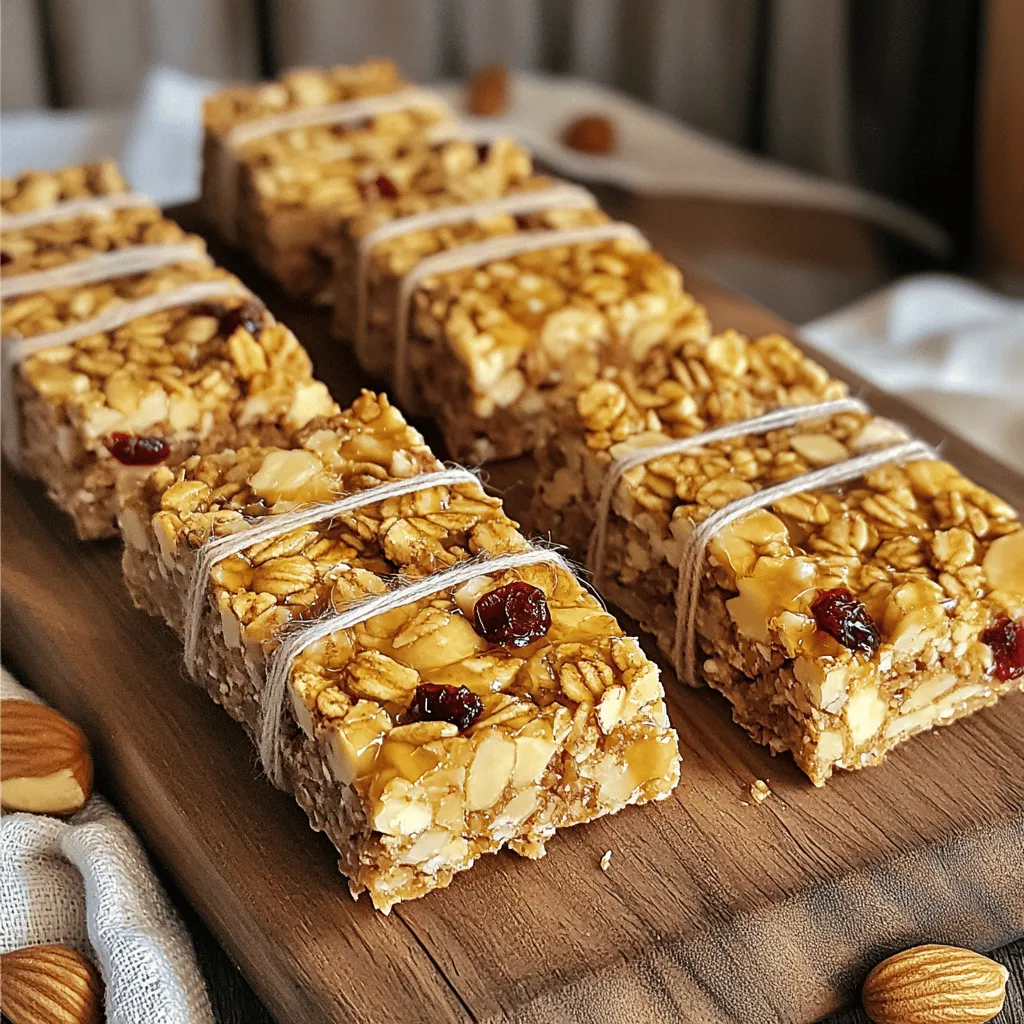
Nutty Granola Bars Easy and Tasty Recipe Guide
Are you ready to whip up a tasty treat that’s both easy and healthy? In this guide, I’ll show you
Read more…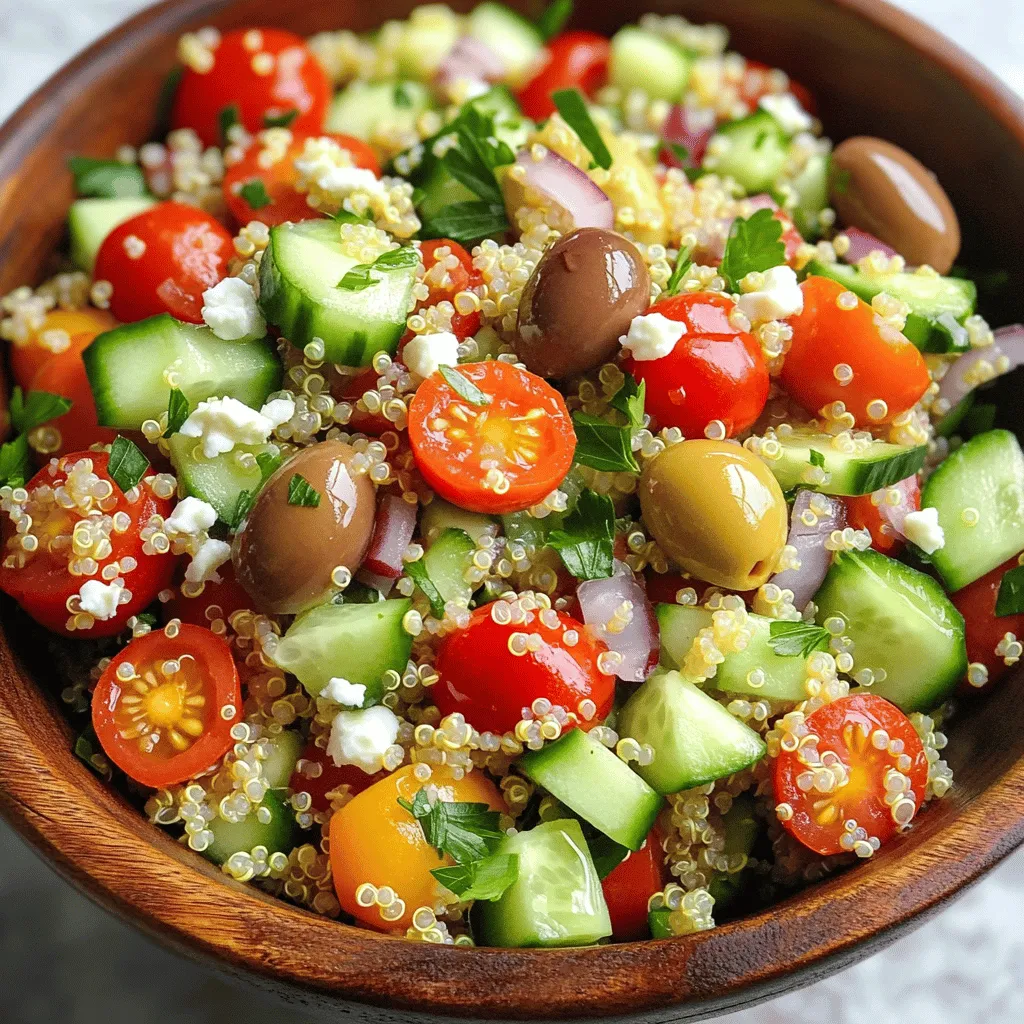
Savory Quinoa Salad with Feta Quick and Healthy Dish
Looking for a quick and healthy dish that packs big flavor? My Savory Quinoa Salad with Feta is the answer!
Read more…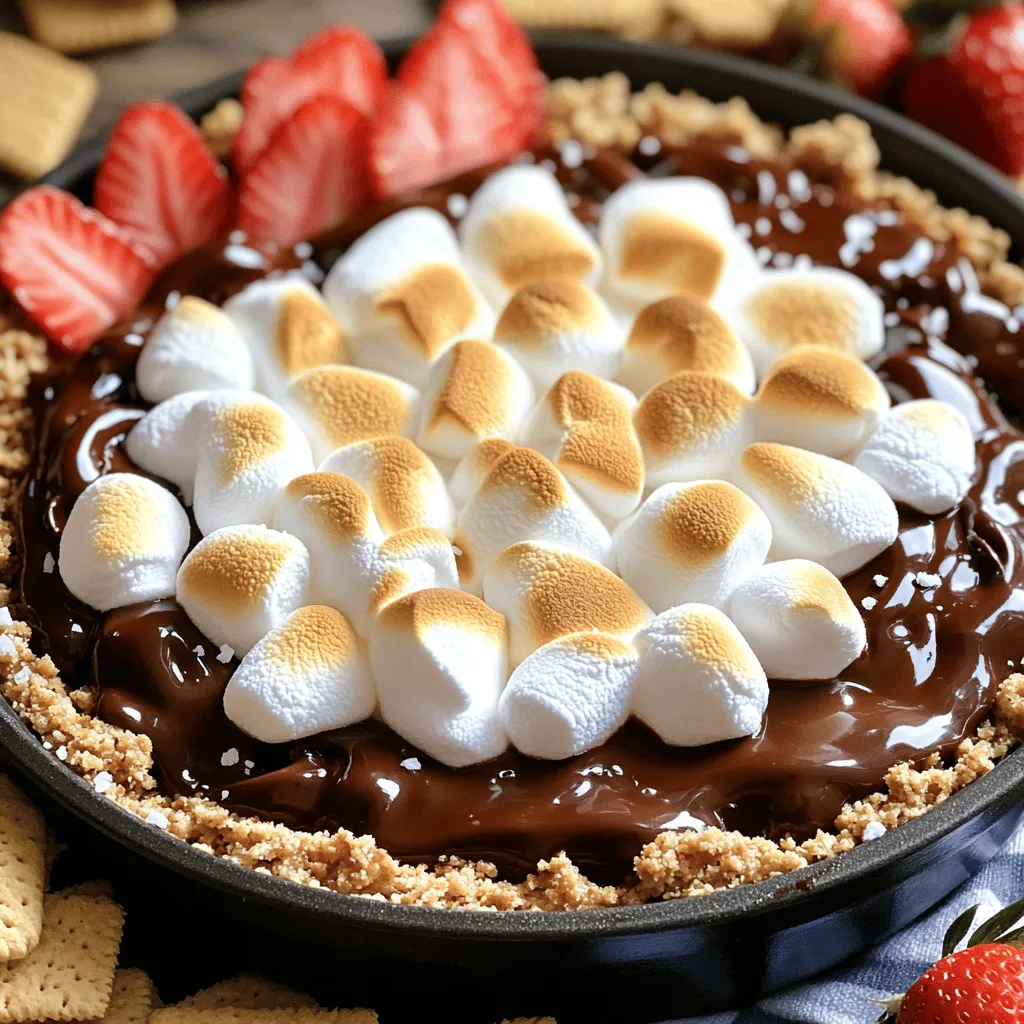
S’mores Dip Irresistible Dessert for Any Occasion
Are you ready to indulge in a treat that blends nostalgia and ease? This S’mores Dip is the perfect dessert
Read more…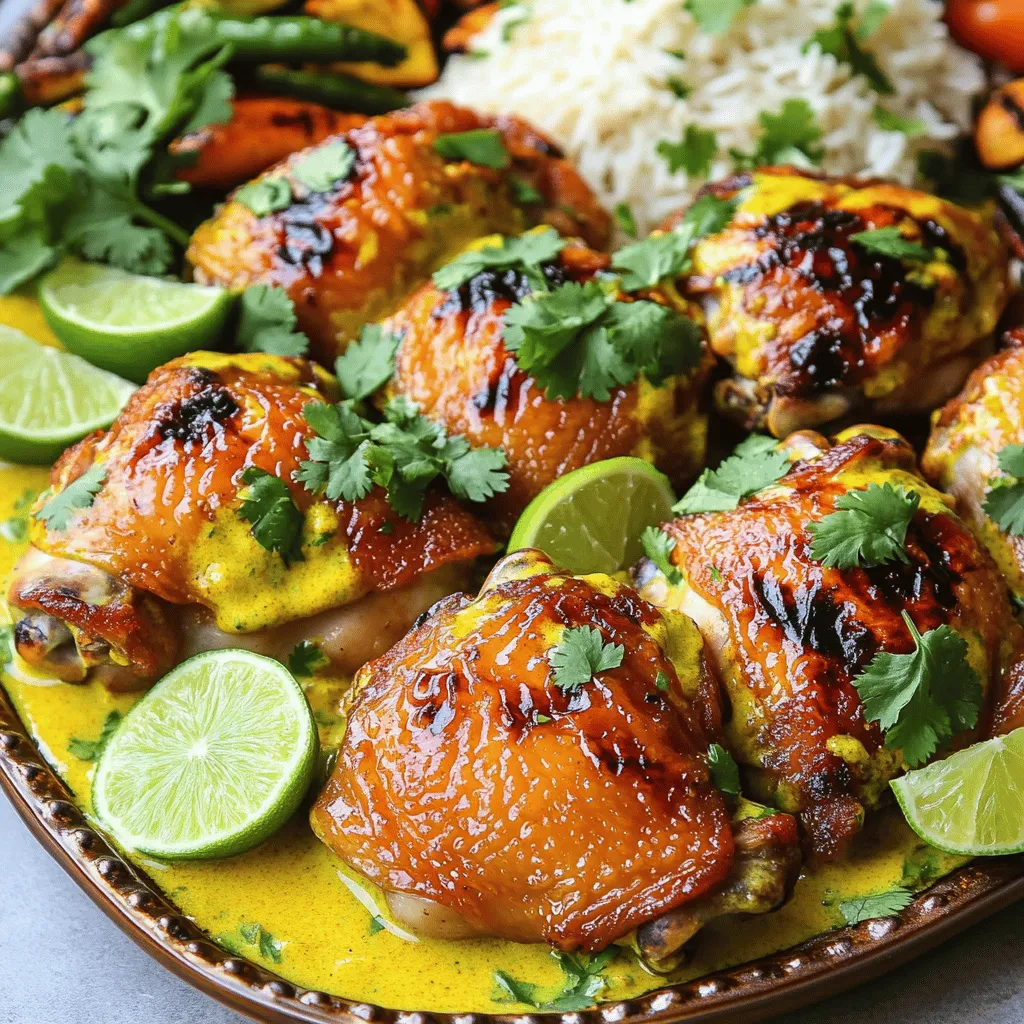
Coconut Lime Chicken Delightful Flavorful Recipe
Looking for a dish that bursts with flavor? Coconut Lime Chicken combines juicy chicken thighs with creamy coconut milk and
Read more…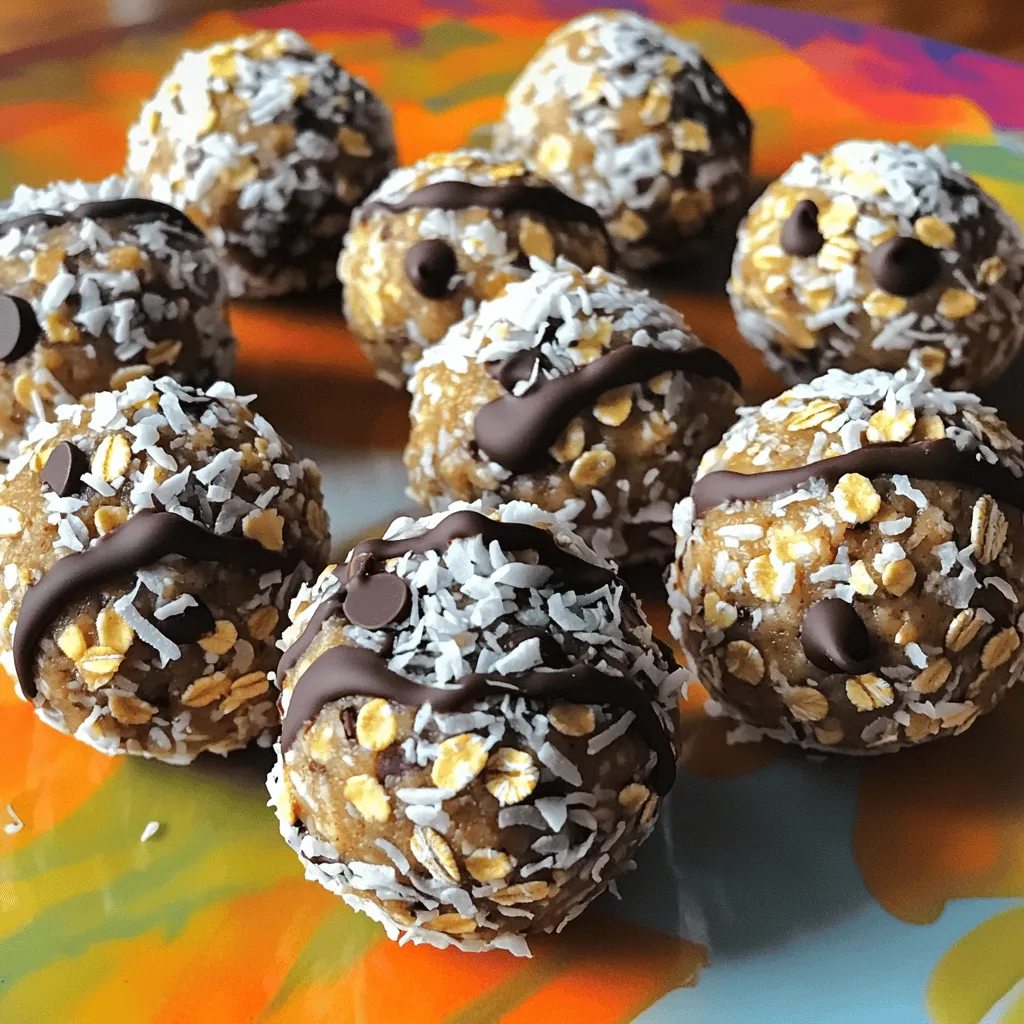
Peanut Butter Bliss Balls Simple and Tasty Snack
Looking for a quick, tasty snack that satisfies your sweet tooth? These Peanut Butter Bliss Balls are your answer! Packed
Read more…browse recipes
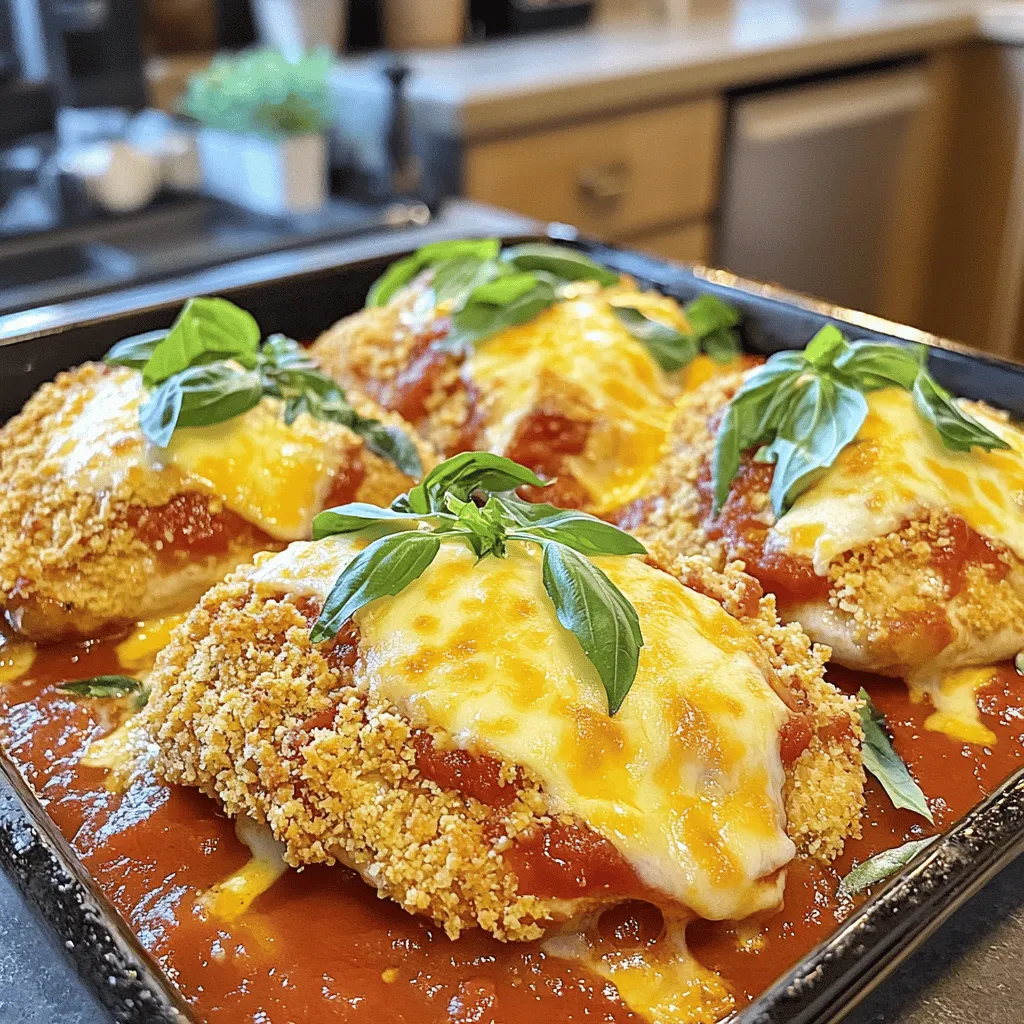
Baked Chicken Parmesan Simple and Flavorful Guide
Get ready to delight your taste buds with my simple and flavorful Baked Chicken Parmesan guide! This dish combines crispy chicken, zesty sauce, and…
My Latest Desserts
-
No Bake Oreo Cheesecake Bars Easy and Delicious Treat
Craving a sweet treat that’s both easy to make and utterly delicious? Look no further than these No Bake Oreo Read Full Recipe -
Air Fryer Apple Hand Pies Delightful and Easy Snack
Craving a tasty treat that’s simple to make? You’ll love these Air Fryer Apple Hand Pies! They are crispy, sweet, Read Full Recipe -
No Bake Oreo Cheesecake Bars Simple and Tasty Treat
Craving a sweet treat that’s simple to make? Look no further than these No Bake Oreo Cheesecake Bars! You’ll love Read Full Recipe -
Chewy Brown Butter Chocolate Chip Cookies Delight
Are you ready for the best cookies ever? These Chewy Brown Butter Chocolate Chip Cookies are a game changer! With Read Full Recipe -
Easy Pumpkin Pie Overnight Oats Creamy and Delicious
If you’re looking for a quick, tasty breakfast that captures the essence of fall, you’re in for a treat! My Read Full Recipe -
Irresistible No Bake Oreo Cheesecake Bars Recipe
Are you craving a dessert that’s simple yet delicious? Look no further! My Irresistible No Bake Oreo Cheesecake Bars are Read Full Recipe -
Chewy Brown Butter Chocolate Chip Cookies Recipe
Are you ready for the best cookie recipe ever? These Chewy Brown Butter Chocolate Chip Cookies are rich, warm, and Read Full Recipe -
Easy Pumpkin Pie Overnight Oats Tasty and Simple Recipe
Ready to enjoy a warm slice of fall in a bowl? My Easy Pumpkin Pie Overnight Oats recipe brings the Read Full Recipe -
Cherry Chocolate Chip Muffins Irresistible and Easy Recipe
Get ready to bake some magic with my Cherry Chocolate Chip Muffins! This easy recipe combines tart cherries and rich Read Full Recipe -
Cherry Lemonade Popsicles Refreshing Summer Treat
Looking for a cool treat this summer? Try my Cherry Lemonade Popsicles! They combine tart lemon and sweet cherries, making Read Full Recipe
My Latest Recipes
hey,
i’m !
I’m so happy you’re here!
My kitchen is filled with stories, flavors, and love and I’m so happy to share them with you. Here’s to dishes that feel like home.
Biscoff Cookie Butter Cinnamon Rolls Delightful Treat
Craving a warm, gooey treat? These Biscoff Cookie Butter Cinnamon Rolls are your answer! I’ll guide you through every step, from mixing dough to…
